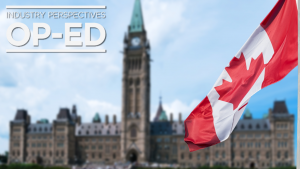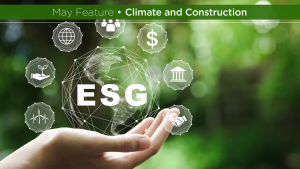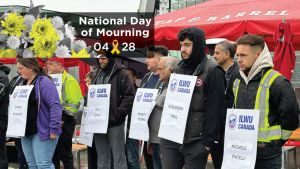Blue Fuel Energy, based in Victoria, plans to make its final decision on a $2.5 billion gas refinery at the end of the year.
The renewables and natural gas-to-gasoline plant would be built at a 1,055-acre site, near Chetwynd in northeastern B.C., called Sundance Fuels. The project is currently in the permitting stage.
The company believes it has several advantages over other multi-billion dollar energy projects vying for approval from the province and the public.
"We are doing something fundamentally different," said Juergen Puetter, Blue Fuel Energy president.
He explained that the process uses B.C.’s renewable resources to power electrolyzers for hydrogen production.
That is then combined with carbon dioxide to create methanol, which eventually is used to produce gasoline.
Blue Fuel Energy plans to produce transportation fuels, such as hydrogen and gasoline, targeted at North American jurisdictions with low-carbon fuel standards.
The fuels can be blended into existing gasoline pools.
Because the process consumes carbon and is powered by electricity, the carbon footprint is small.
This means the product fits well in low-carbon fuel standard regions like B.C. and California.
The processing facility would convert natural gas to gasoline.
It would produce nearly one billion litres of gasoline annually, about 20 per cent of all gasoline consumed in B.C. each year.
"It’s the first project of any size to bridge renewable and fossil fuels," Puetter said. "That’s a significant benefit and a unique market opportunity."
He said unlike other energy projects in the region, the focus is on B.C.
"Everyone else is from somewhere else and they don’t know the B.C. market or don’t care about it," he said.
Puetter also believes the company has taken a unique approach to garner public support.
The integrated operations would produce large amounts of waste heat, which can fuel planned greenhouses and fish ponds that will provide produce and fish for the region and beyond.
These facilities will be developed in partnership with local First Nations.
"That has resonated well with local groups," Puetter said. "Our process is infinitely cleaner."
The company has already acquired more than 1,000 acres of land for the project that is serviced by rail and near BC Hydro facilities. The rail connection means the project is also not dependent on pipeline infrastructure, eliminating an uncertainty for some projects bogged down by legal and political challenges.
Puetter said Blue Fuel Energy plans on spending about $50 million this year on design and prep work before make the final investment decision.
If approved, it would take roughly four years before facilities would be producing.
It is anticipated that an Environmental Assessment certificate will be granted in mid to late 2015.
Construction is estimated to take 2.5 years, followed by a six-month shakedown period. Initial production is projected to start in late 2018.
Several other large energy projects have been proposed for the region, including the $22 billion Kitimat Clean refinery, the $10 billion Pacific Future Energy refinery and the Eagle Spirit Energy pipeline.











Recent Comments
comments for this post are closed